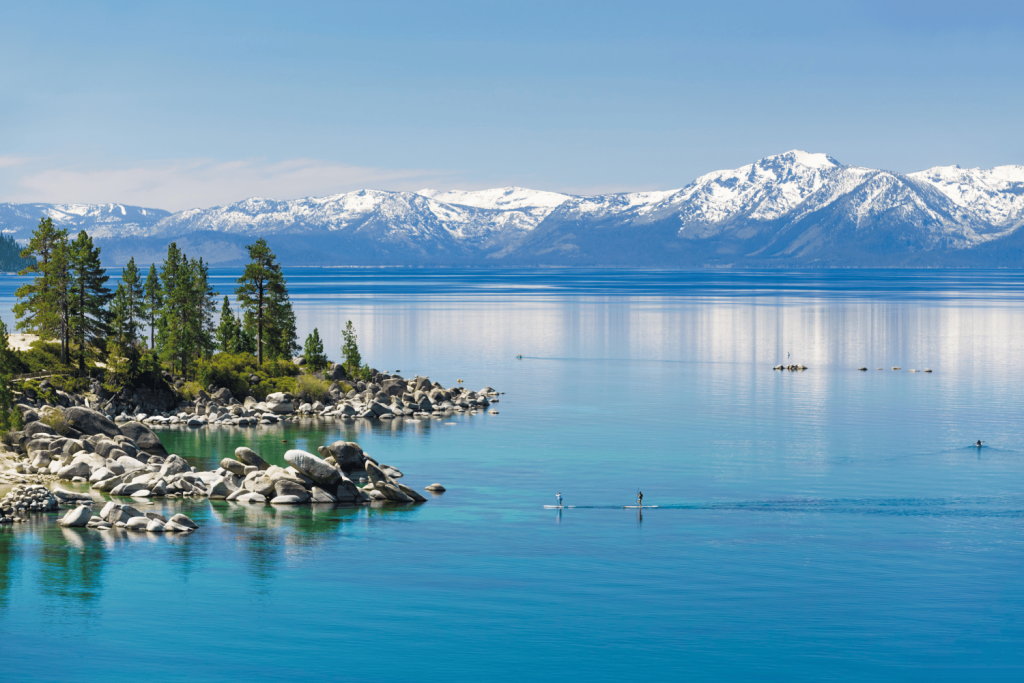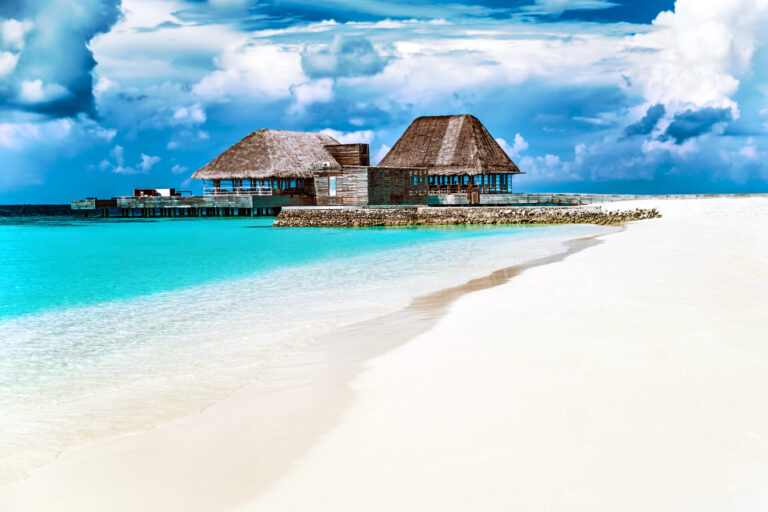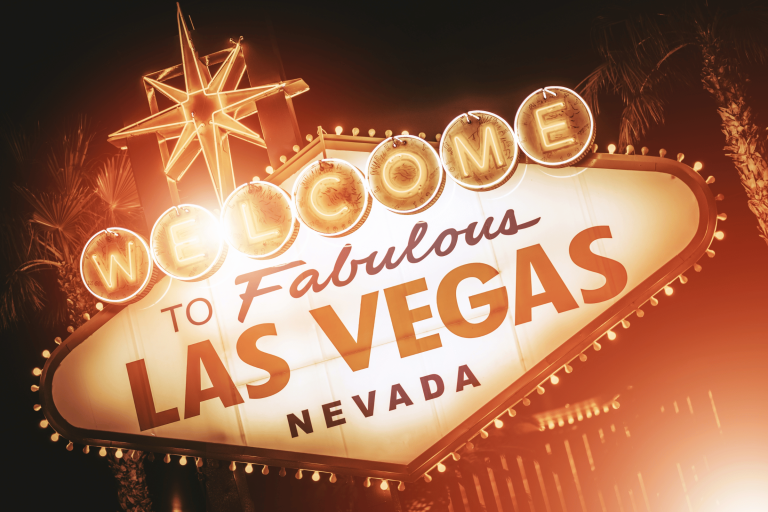The History of Timesharing
The origin of timeshare can be traced back to 1960’s Europe. The 1960’s were a time of considerable growth and development for the tourism industry worldwide because of the emergency of commercial air travel and timeshare was created from this travel boom. Two different companies in France and Switzerland debuted the first vacation ownership packages.
The French company, The Société des Grands Travaux de Marseille, began offering its timeshare product between 1964-1968. The resort offered by this company was a ski resort based in the French Alps called SuperDevoluy. Prospective buyers were drawn to Paul Doumier’s (of the Société des Grands Travaux) advertising slogan, “No need to rent the room; buy the hotel, it’s cheaper!”
The Swiss company also know for founding timeshare was called Hapimag (short for Hotel und Appartementhaus Immobilien Anlage AG), and wasbased in Baar, Switzerland. Shortly after founding the company in September of 1963, Hapimag’s owner, Alexander Nette and his associate Guido Fenngli began buying resort properties in Italy , Spain , and Switzerland. Hapimag offered its members an extensive resort selection on a right-to-use basis instead of deeded ownership. Hapimag still enjoys timeshare success today, and has remained independent of the largest exchange companies.
Timesharing was first seen in America in Hawaii beginning in 1969. Kauai Kailani on Kauai was the first destination in the United States to feature a timeshare program. The weeks available in Kauai were sold in 40 year increments on a leasehold basis by Vacation Internationale’s founders Bob Burns and Bob Ringenburg. The first points system was introduced through Vacation Internationale, allowing travelers more flexibility and gaining more exposure for timesharing in general. Florida then followed suit in the early 1970’s, becoming the first state in the continental United States to embrace timeshare development.
Innisfree Companies of California is the original proprietor of deeded ownership timeshares in the US. In 1973, in a joint venture with the Hyatt company, Innisfree’s first development was at Brockway Springs in Lake Tahoe , California. It was at this resort in Lake Tahoe that timeshare was first used to describe vacation time purchased from a resort. A group of developers: Carl Berry, Greg Bright, Paul Grey, Dave Irmer, and Doug Murdock, are credited with coining the term “timeshare”. The developers adopted the term from the preexisting term “timeshare” that describes a way in which groups of people working with computers shared access to the mainframes. They felt that the term “timeshare” would help them get their point across to investors that the properties they wished to finance represented interval ownership among many parties, much like a shared computer mainframe. The developers were correct, since many bankers were already familiar with the term “timeshare” it became more and more associated with the Lake Tahoe project. As a result when Innisfree filed paperwork with the California Department of Real Estate, the term “timeshare” was used on the application, further popularizing the term at the State administrative level. By utilizing the term “timesharing” in promotional materials, Innisfree succeeded in making “timeshare” into a household word.

RCI was founded in 1974 in Indianapolis, Indiana. Since then RCI has grown into the largest timesharing company in the world with offices in almost every continent. RCI gained popularity over the past thirty years by offering owners the ability to exchange weeks between different resorts, offering more flexibility and vacation options than previously seen before.
The 1980’s saw continued development within the timeshare industry with an improvement in the economy and more people vacationing than ever before. This was a time of major resort development all over the world and was especially seen in Western Europe. Timeshare was attractive to both the affluent and budget oriented consumers. Those riding high on the wave of success during this time were attracted by the promise of luxurious new resort properties in exotic destinations, while the less affluent liked the idea of spending less money on a vacation.
By the early 1990’s four million timeshare owners worldwide owned property at over 2,300 time-sharing facilities across the globe. During this period was an extensive expansion in all areas of the timeshare sector. Timeshare began to extend into new territories in Eastern Europe and Asia, while most American-based timeshare resorts saw rapid development.
During this time of rapid development was when the major hotel chains decided to start expanding and making money with timeshare. Marriott began its timeshare venture by purchasing a company called American Resorts, Inc. which held two properties in Hilton Head, South Carolina. Marriott hired the top execs from American Resorts, Inc. to run the Hilton Head properties and with the experience of both companies they quickly headed to the top.
Not soon after Marriott began to see success in the timeshare sector Sheraton, Ramada, Hilton, Disney, Four Seasons, Ritz-Carlton, Radisson and Westin all began offering timeshare properties during the 1990’s. This infusion of big-brand respectability boosted consumer confidence, and sales of timeshare units reached new record highs.
Today timeshare resorts worldwide number about 5,400 and timeshare is a multi-million dollar business. The United States accounts for 45% of timeshare owners worldwide and more than 1,500 resorts are located in the US, more than any other country.





So this is where the swindling started…:)
Does it make any sense today? Check the facts and decide for yourself:
http://www.TimeshareRevealed.com
Look at the bottom of my web page under Captran to get some more early history of ts Keith